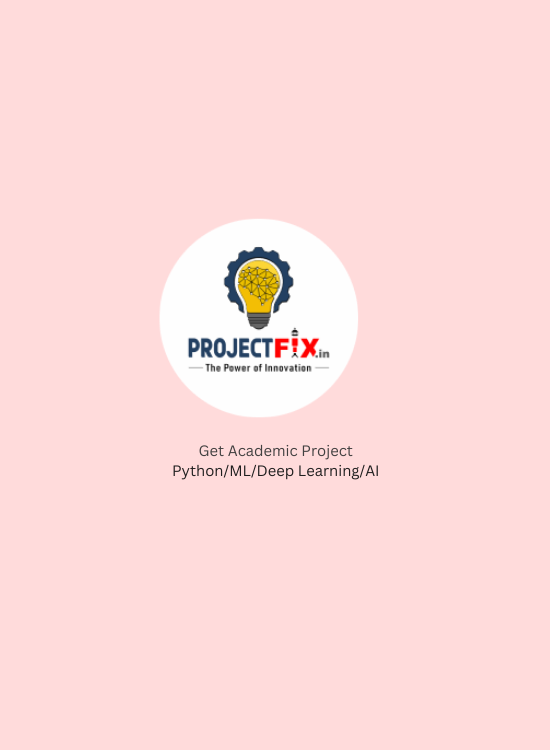A Human Resource Management System (HRMS) developed in Java is a robust software solution designed to streamline and automate various HR activities within an organization. It serves as a centralized repository for managing employee information, payroll processing, attendance tracking, recruitment, performance evaluation, and more.
Core Functionality:
Employee Information Management: The HRMS stores comprehensive employee data, including personal details, contact information, employment history, skills, and qualifications. This centralized database facilitates easy access and updates, ensuring accuracy and consistency across the organization.
Payroll Management: It automates the calculation of salaries, taxes, deductions, and benefits based on predefined rules and regulations. This helps in ensuring timely and accurate payroll processing while complying with legal requirements.
Attendance and Leave Management: The system tracks employee attendance, leave accruals, balances, and approvals. It integrates with attendance systems or allows manual input, providing real-time insights into workforce availability and absences.
Recruitment and Onboarding: From job requisition and candidate sourcing to interview scheduling and onboarding, the HRMS streamlines the entire recruitment process. It maintains candidate profiles, manages interview feedback, and facilitates seamless integration of new hires into the organization.
Performance Management: The system supports performance appraisals, goal setting, competency assessments, and feedback collection. It enables managers and HR professionals to evaluate employee performance objectively and identify areas for improvement or recognition.
Employee Self-Service: Through a user-friendly interface, employees can access the HRMS to update personal information, view payslips, submit leave requests, and participate in performance evaluations. This empowers employees while reducing administrative workload.
Analytics and Reporting: The HRMS generates insightful reports and analytics on key HR metrics, such as turnover rates, attendance patterns, training effectiveness, and workforce demographics. These analytics assist management in making data-driven decisions and strategic planning.
Technology Stack:
HRMS in Java typically leverages Java frameworks like Spring or JavaServer Faces (JSF) for web application development. It integrates with relational databases such as MySQL or PostgreSQL for data storage and utilizes Hibernate for object-relational mapping.
Security and Compliance:
To ensure data security and compliance with regulatory requirements (e.g., GDPR, HIPAA), the HRMS employs encryption techniques, access controls, data anonymization, and regular security audits.
In summary, a well-implemented HRMS in Java enhances operational efficiency, improves HR management accuracy, reduces administrative burden, and contributes to a positive employee experience by automating processes and providing valuable insights for strategic decision-making.


